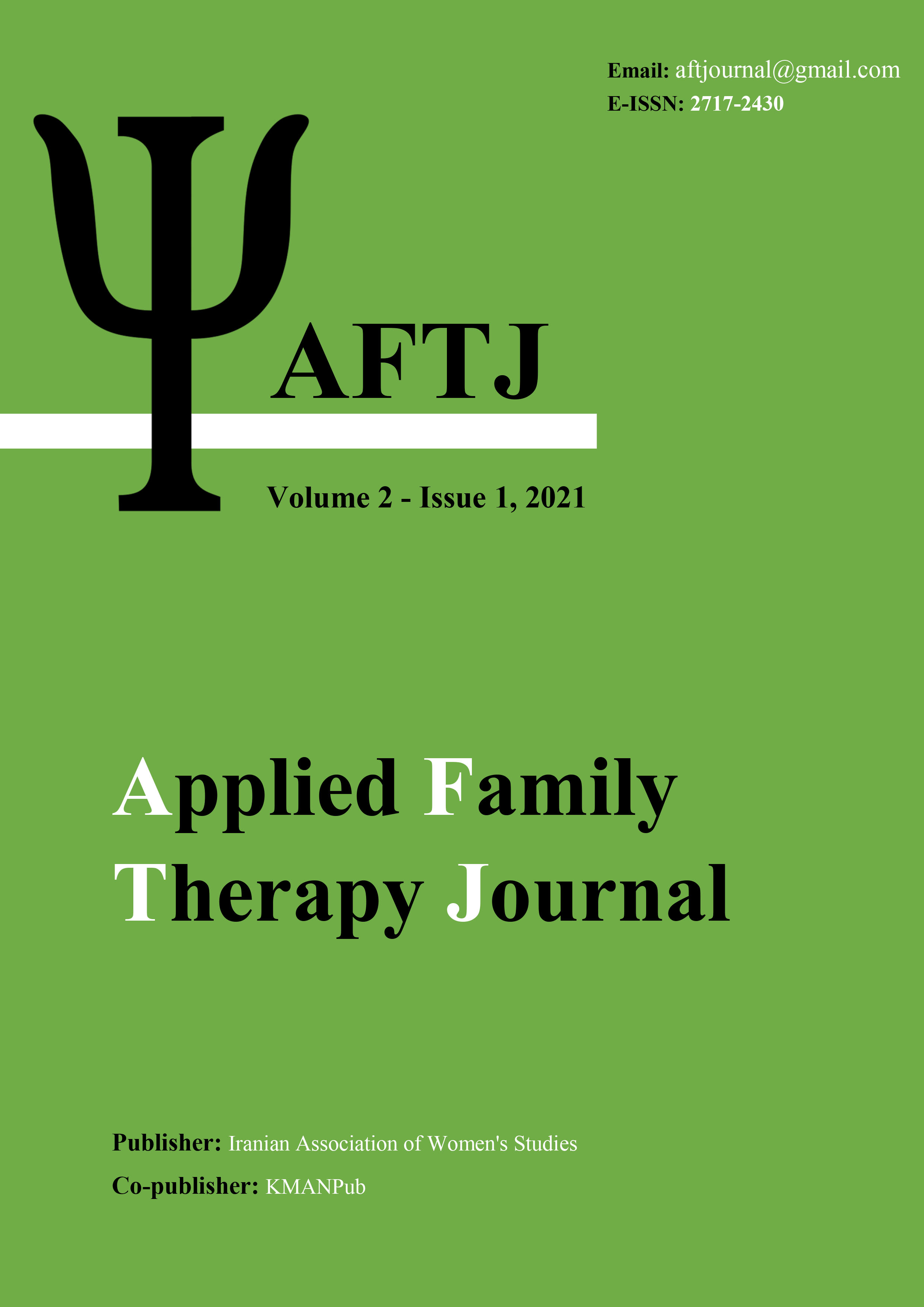The structural model of marital commitment based on communication patterns among women: The mediating role of emotional intelligence
Keywords:
Marital Commitment, Communication Patterns, Emotional IntelligenceAbstract
Aim: This study is aimed to determine the structural model of marital commitment based on communication patterns among women: The mediating role of emotional intelligence. Method: The research method was correlational, and the statistical population included all married women who were referred to counseling centers in Tehran in 2018. Accordingly, the simple random sampling method was chosen randomly to select the counseling centers. Therefore, the city of Tehran was first divided into five regions: north, south, east, west, and center. Afterward, three counseling centers were randomly selected from each region, and 300 women were selected based on Sample Power software. Then Adams & Jones (1997) Marital Commitment Questionnaire, Christensen & Sulawesi (1984) Couples Communication Patterns Questionnaire, and Bar-On (2002) Emotional Intelligence Questionnaire were completed, and the data were analyzed using Smart Pls structural equations. Results: The findings showed that the direct path of the reciprocal constructive pattern (P=0.01, β =0.22) and emotional intelligence (P=0.05, β =0.28) had a significant effect on marital commitment. The indirect path of reciprocal constructive pattern and avoidance pattern mediated by emotional intelligence has had a positive effect on marital commitment. Conclusion: For the cohesion and creation of a desirable marital relationship, it is possible to improve couples' relationships by strengthening the emotional intelligence of each couple, the type of communication patterns, and the interaction of their psychological elements.
Downloads
Downloads
Published
Issue
Section
License

This work is licensed under a Creative Commons Attribution-NonCommercial 4.0 International License.





















